Choosing a pen? gardens? The cover looks a bit like Roll & Write. So, I thought I'd try it. Somehow I have to write a review again. I was curious to see how this combination of colored pencils and more abstract patterns would work. The title Pick a Pen: The Gardens comes from Rainer Knizia, and Marlies Barends contributed the illustrations. The series is published by Amigo Spell.
First of all, my conclusion to the “Pick a Pen: Parks” critique.
Although I was open to the mini-game, I was disappointed. The process is simple and smooth, the way the colored pencils work into cubes is interesting (and reminiscent of the popular stick-shaped cubes), and the coloring is soothing. But I miss the fun. In addition, it is difficult to look at competitors' cards. This means that the interaction, which is not particularly strong anyway, is becoming more restricted.
No, I didn't really like the pen choice: Gardens.
but why? You will find out in the following review.
It's all about this
Game topic: Create a garden. To do this, everyone gradually draws hexagonal fields on the game sheet. The more colorful the park but at the same time the more logical its design, the more likely you are to get a lot of points in the end.
Coloring template
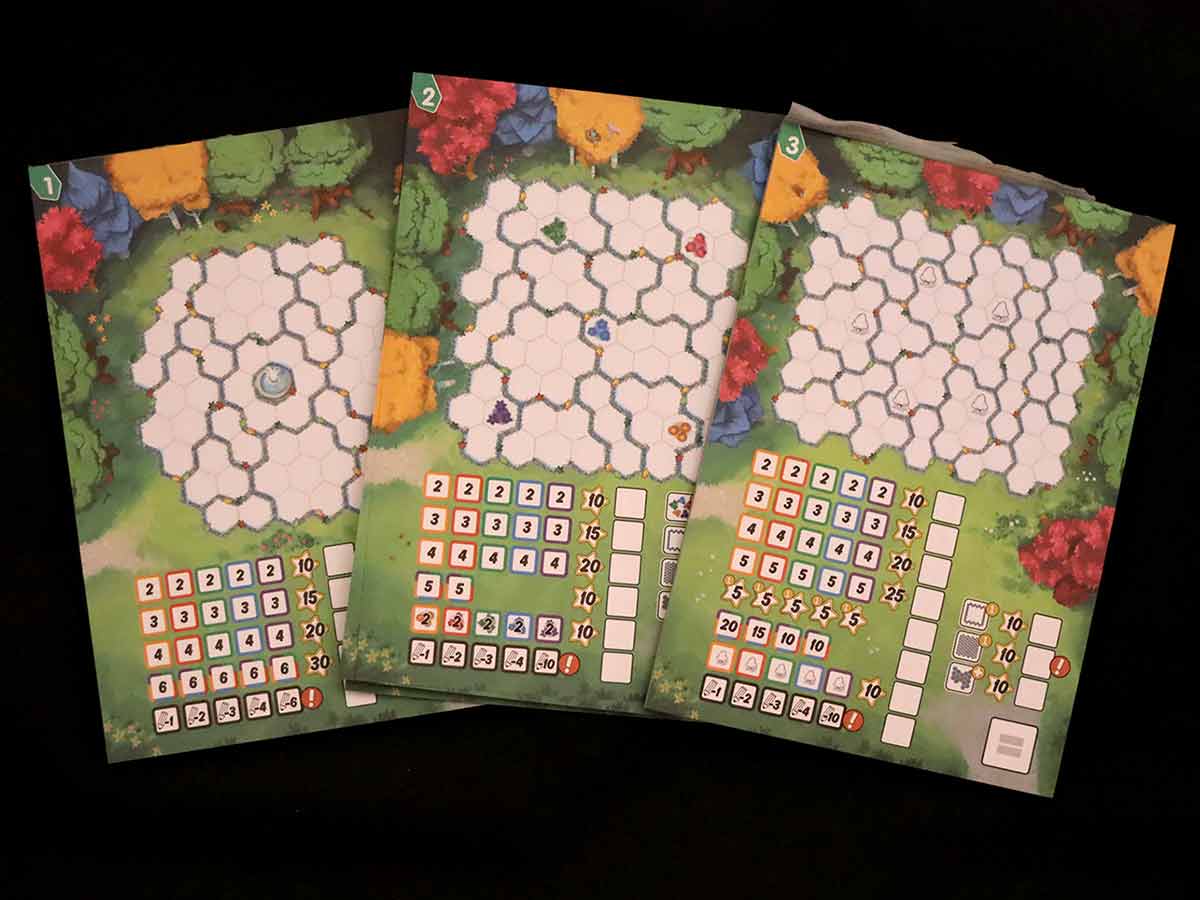
So far the topic is really interesting. But even the somewhat sloppily designed bow is disappointing. Some colorful trees line a clearing where hexagons are arranged around the fountain. Some of the fields were grouped into park areas, which would later become important.
Instructions in Choose a Pen: Gardens
The game's few rules are, as is usual for an Amigo game, almost too detailed. As with the publisher, the instructions are clear and understandable.
In turn, everyone uses different colored pencils placed according to a special system and uses them to transfer color to the game sheet. This creates colored hex fields. Important: Choosing a colored pencil will allow you to color the connected hexagons. The next time you choose a color, the adjacent fields must also be drawn again, as the first field must be adjacent to a field that has already been colored.
Pros and Cons
If the field cannot be colored appropriately, there is a cross in the row of pencil symbols. If the last symbol of this type is filled in, the game ends prematurely. However, there are bonuses if selected garden areas are painted in one or all five colours. The person who paints the edge or entire area first or has the largest contiguous area in one color wins extra points.
The importance of colored pencils in Pick A Pen
Colored pencils have succeeded in pen selection: the parks and the entire series. These are five thick but short pens in orange, blue, purple, red and green. But: they are dice at the same time!
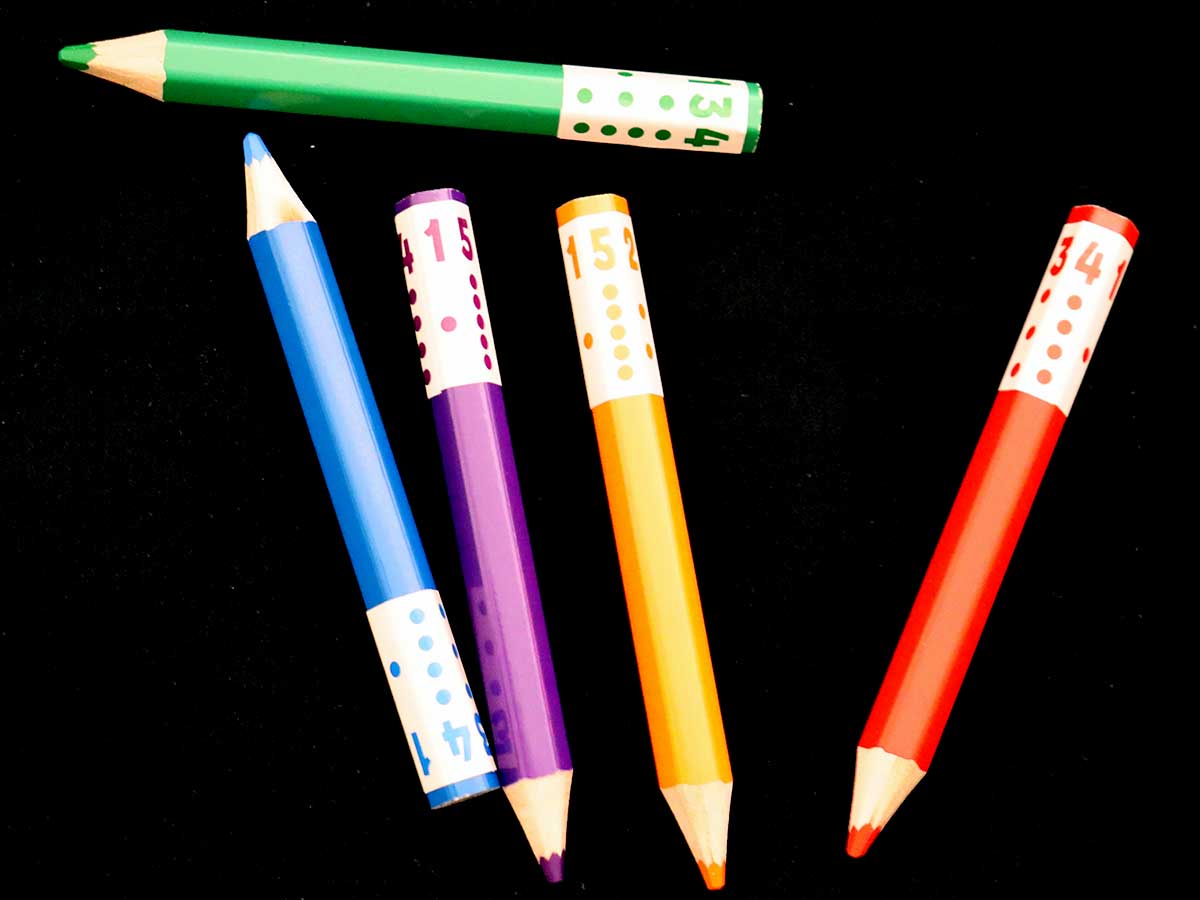
This is a new element in this process. Because in the beginning one person “throws” all the pencils. These lie on the table with one side of the 'hexagon pin' facing up. This page displays a number. This value indicates exactly how many hexagonal regions to draw. At this point, Pick A Pen: Gäten offers a well-calculated amount of tactics, which, however, would have needed a bit more framework. This approach is not developing enough.
Interaction element without interaction
Since everyone picks up the pen one by one, in theory there is interaction and potential for annoyance. Practically everyone is so immersed in their game and taking the best pencil they can, that no one wants to directly hurt the competition. This only happens indirectly. In addition, even if you take a close look at other people's playing cards, it is not easy to know what color and quantity someone currently needs or not.
However: the selection of pens and their function as blocks are the highlight of Pick A Pen: Gardens for me. They at least give the unified process a bit of excitement.
Conclusion for “Pick a Pen: The Gardens” – Oh, how lovely it was…
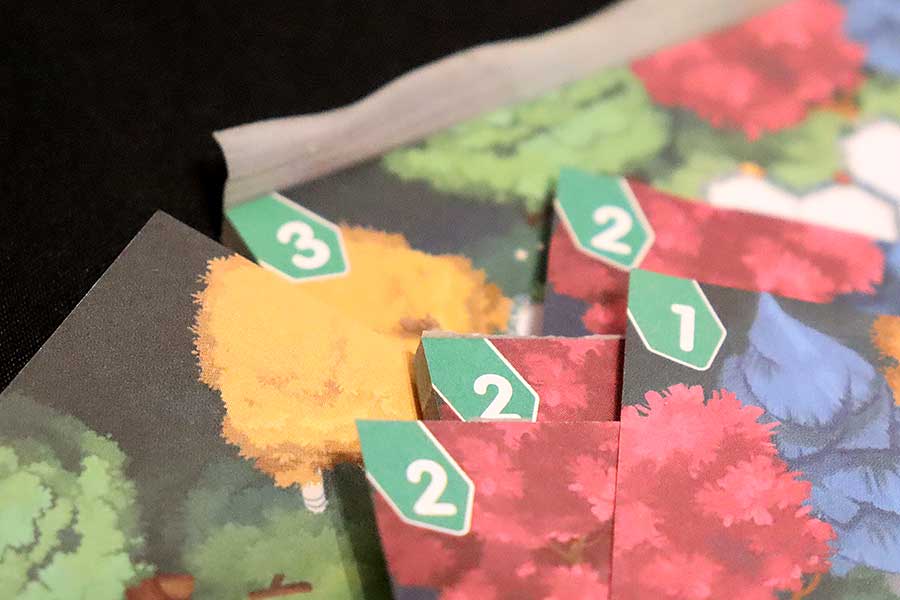
I love the Amigo games and I love the team there. But pick a pen: gardens are weak. I must say that clearly.
Did I mention that there are three levels of brackets? Unfortunately, they are joined together one by one in a conjoined mass. If you want to play level 2 or 3, you must cut the sheet and/or separate the levels completely. But somehow – it is feared – this leads to the destruction of the entire block. Pieces of paper are flying around. But it's also possible that I'm being too clumsy again. But am I an exception?
Unfortunately, brackets don't offer much variety in terms of gameplay. Bonus points for flower fields and tree fields. And here we are in the middle of the park. This topic could have been implemented more beautifully. Gorgeous beds with floral patterns in different colours. A rose here, a tulip there, a delphinium there… plus a little challenge like decorative elements to be placed or special water connections. None of that exists.
Abstract hexagons, no color beds
What we got: abstract hexagonal boxes with a few trees drawn around them. Attractive (at least not annoying) gameplay. The barrier to entry is very low, but at the same time it hardly makes for a fun challenge.
Likewise, Pick a Pen: Gardens doesn't encourage repetition, deliver a particular impact, or make me scream “oohoo!” This small board game for 2-4 people is simply well-behaved, very sober, and also… yes, unfortunately also… boring.
Coloring a coloring book is more interesting than playing a game. Drawing a colorful pattern on the game sheet is much more exciting than doing it during the game with the restrictions of the rules. It is completely incomprehensible why a game with this theme does not have a single release.
Since then, many authors and publishers have shown that Roll & Write is a system that allows for very interesting operations. Examples? Railway ink, Riverside, color box, very smart or diesel These are the titles that received very good reviews from us.
Ideal for color vision deficiency
I think I've made it clear that I don't find Pick A Pen: Gardens particularly engaging. However, I have to praise something else besides the special function of colored pencils. In my opinion, the editorial team tried to make it easier for people with color vision deficiency. The rules of the game provide instructions on how to act in worst-case scenarios. The last page of instructions provides storage space for pens so everyone can read labels.
This is not a given given the many colors used, but it does represent somewhat accessibility and is therefore a plus point. Now if only the process were more engaging… But I'd rather dig some flowers in my bed than play Pick a Pen: Gardening.
About Pick a Pen: Gardens
- Title: Choose a pen: Al-Basateen
- Publisher: Amigo Games
- Author: Rainer Knizia
- Number of players (from to): 2-4
- Age (from or to in years): 8
- Duration in minutes: 30
- Vintage: 2024

“Explorer. Communicator. Music geek. Web buff. Social media nerd. Food fanatic.”






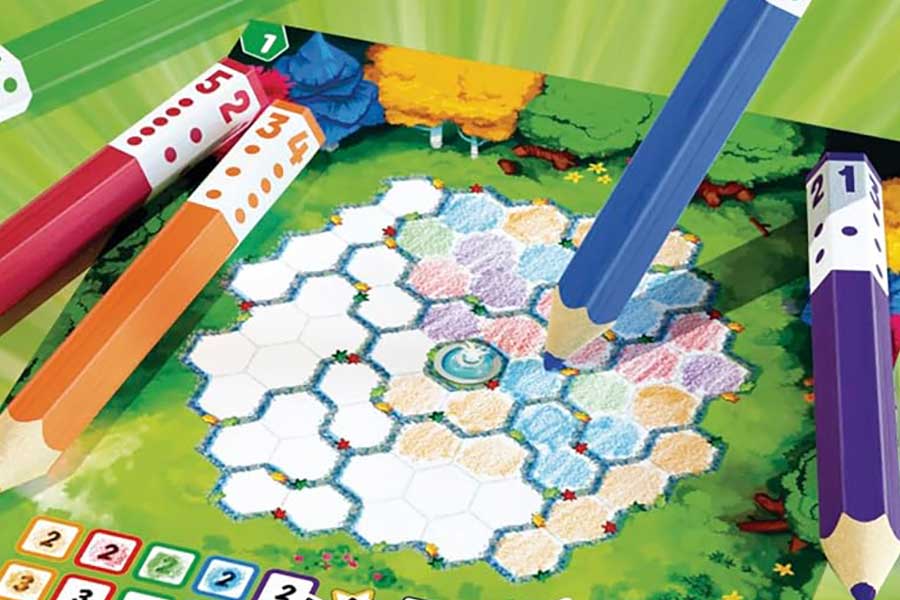
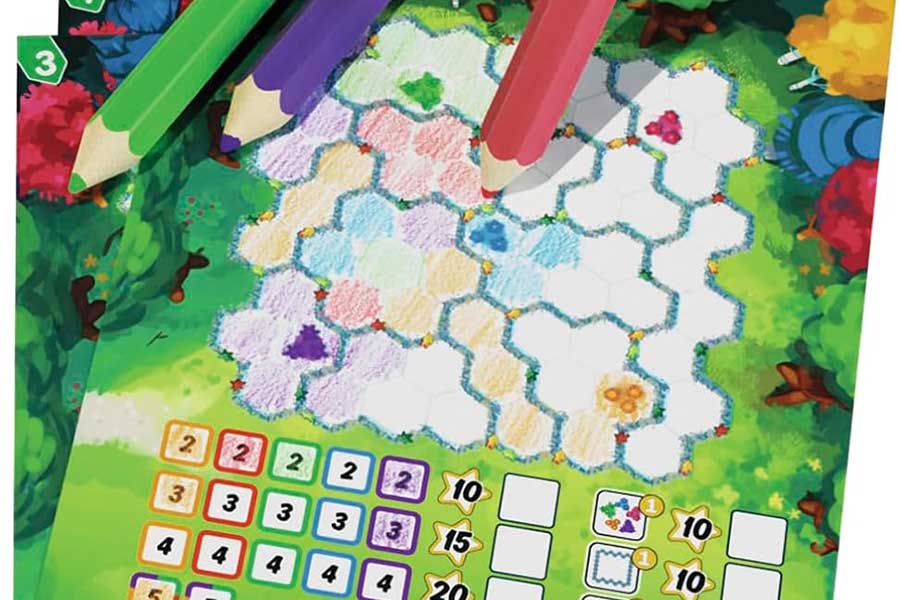
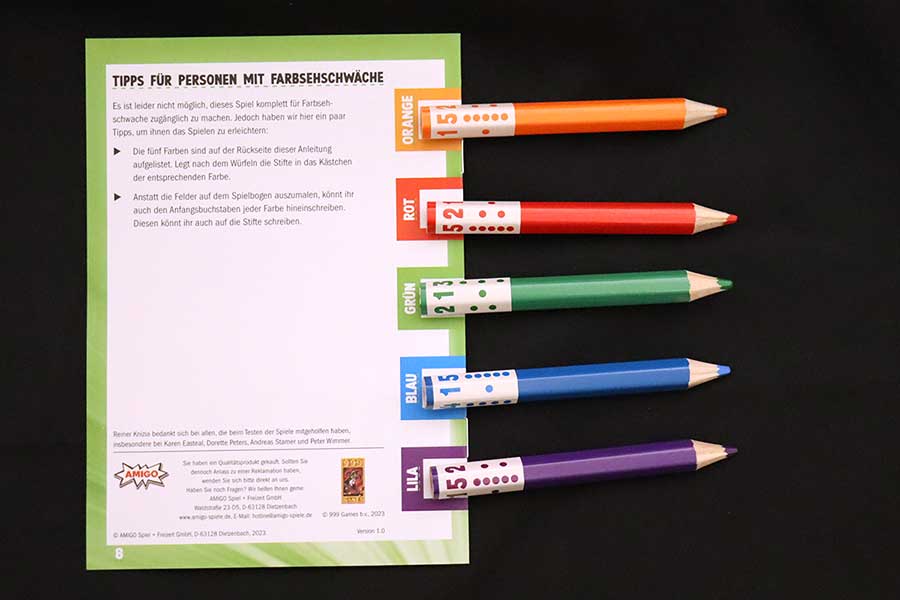
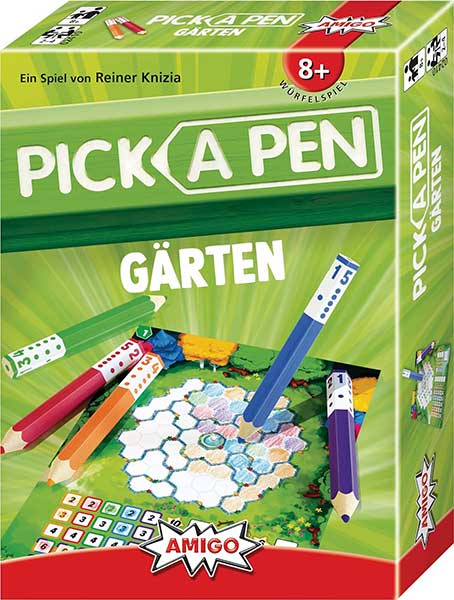
More Stories
A fossilized creature may explain a puzzling drawing on a rock wall.
MrBeast Sued Over ‘Unsafe Environment’ on Upcoming Amazon Reality Show | US TV
Watch comets Lemmon and SWAN approach Earth today